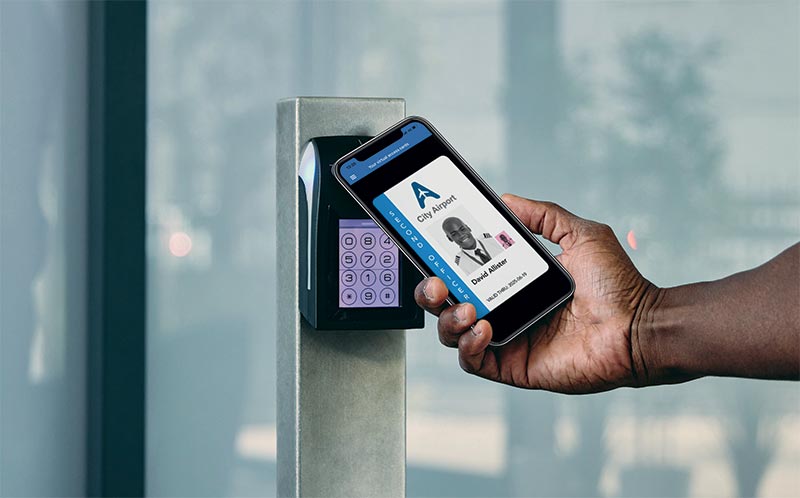
It could be your last time using the office turnstile to swipe your access card. Leaders in Commercial Real Estate (CRE) are swiftly moving toward mobile-first access control as embedded technology advances. These intelligent security solutions are not only convenient, but they are also more effective, less expensive, and long-lasting.
ANACITY Business’s smart access control uses mobile-first technology to replace traditional access card and manual entry log systems. The SaaS platform, which is meant to digitally transform business workplaces, improves security while also ensuring convenience and a tech-first approach.
The development of mobile-first access control
An increase in employee engagement was found to be measurable in a recent study by the Economist Intelligence Unit to be linked to more mobile-first work environments. When compared to organizations that were rated as having poor support for mobile technology, organizations that were rated as being “pioneers” in their support for mobile technology saw an increase in productivity (16%), creativity (18%), satisfaction (23%) and loyalty (21%) As a result, leaders in CRE are moving toward a mobile-first workplace, particularly for access control.
Access cards or key fobs are still used in many commercial workplaces, creating an unnecessary bottleneck. Additionally, compared to digital modes, these conventional access control mechanisms are less secure. What exactly is mobile-first access management? Mobile phones are used in place of traditional access cards and key fobs in mobile-based access control. Digitalizing gate management, it makes use of cloud, wireless, and smartphone technology.
To verify the user’s identity, the system connects the smartphone of the employee, staff member, or visitor to the turnstile reader. It adds an extra layer of robust and foolproof security when used in conjunction with the digital Visitor Management system offered by ANACITY. Our article, “Smart Security Systems: How ANACITY Business Makes Your Workplace Safe and Secure,” provides additional information. Mobile-first access control’s advantages There are numerous advantages to mobile-based access control, including: Enhancing security: Key fobs and cards that are lost or stolen pose a threat to security. The missing card is frequently overlooked until the very last minute. Because of this, unauthorized visits to the workplace can go unnoticed, posing a significant security risk. Because a missing phone is likely to be noticed immediately, a digital access control system is harder to tamper with. Additionally, gaining access will necessitate circumventing the phone’s security. Accessibility: Of India’s 1.2 billion mobile phone users, 600 million are smartphone users.
As a result, mobile phones are likely to be used by default by the typical office visitor and attendee. Nowadays, the typical person rarely leaves their house without their phone. They don’t have to carry any additional access devices with them thanks to mobile-first access control. Reducing the need for human intervention: Turnstiles and gates in legacy systems frequently require human intervention. Walk-in visitors still require assistance from the lobby staff to enter, even if they have access cards. Mobile-first access control, on the other hand, does not require any human intervention because access is entirely dependent on mobile scans. Additionally, contactless entry is guaranteed by less manual intervention. Digital reporting that is automated: each entry is automatically recorded at the point of entry.
This digital system cannot be tampered with and is free of human error. Additionally, it ensures that each entry is recorded consistently. With easy access to real-time reports, digital systems make data analytics easier. Find security oversights and get quick insight for effective monitoring. It accurately depicts the occupation status of a building, including who is present, when, and how frequently. This data makes it easier to make decisions, like figuring out when it’s busiest and needs more security personnel. Access based on roles: ANACITY’s mobile-first access control system can be improved to make it easier to enter roles. It serves as a digital barrier that separates specific areas. As a result, it can be used to automatically prevent unauthorised access. Preparedness for an emergency: In the event of an emergency, property teams can completely or partially block all access. Lifts, for instance, can be stopped in the event of a fire emergency. In a similar vein, access can be restricted to any potentially hazardous area. These controls are imposed automatically by the system, eliminating the possibility of human oversight or error.
